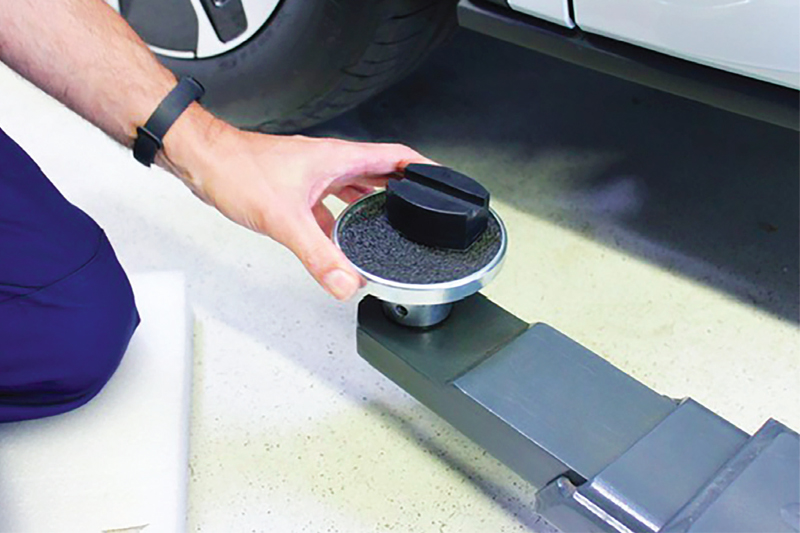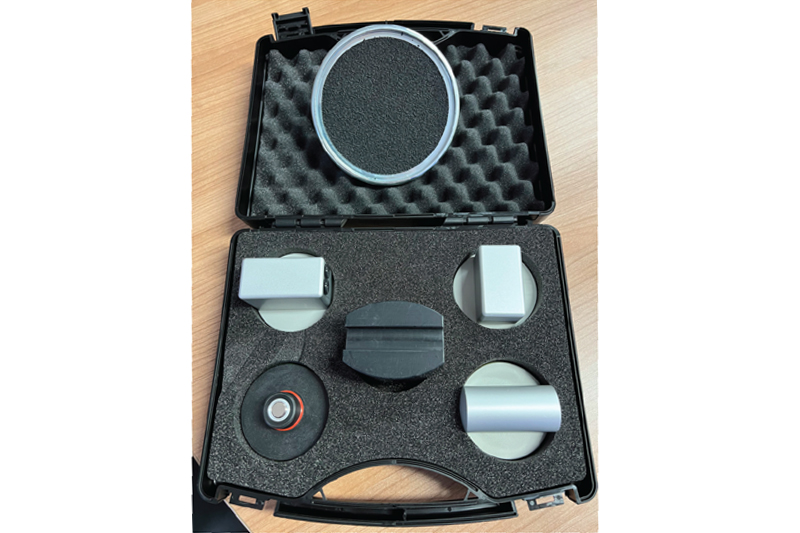
Maha offers advice on EV adaptors for two-post lifts.
As the automotive aftermarket takes strides toward electrification, the need for specialised equipment and tools to accommodate EVs is becoming increasingly urgent. As such, one important piece of equipment that requires adaptation for EVs is a two-post lift.
The rise of EVs has brought about a transition in workshop services. Unlike traditional internal combustion engine vehicles, EVs have specific components that demand unique considerations when it comes to servicing and repairs. An EV battery pack, for example, adds weight and safety concerns that need to be considered before conducting any work on the vehicle and component.
Two-post lifts and EV maintenance
Two-post lifts have long been a staple in workshops, offering technicians easy access to the underside of a vehicle for various tasks, from oil changes to suspension repairs; however, as the automotive landscape evolves, so must the tools involved.
Maha has long campaigned for the use of the correct adaptors on two-post lifts, citing the wrong use of wood rather than the correct method of using either a 200mm sleeve or U-shaped adaptor, like an anti-slip sleeve, that fits either side of a chassis. EV adaptors are just as important; they bridge the gap between a lift’s arms and an EV’s unique frame, ensuring secure and safe lifting – reassuring for both technician and vehicle owner.
The equipment supplier offers a range of ATS manufacturer-specific EV lifting adaptors for the likes of Audi, BMW, Mercedes and Tesla.

Key considerations when choosing EV adaptors:
Weight capacity: EVs tend to be heavier than their ICE counterparts due to the weight of the battery pack. When selecting which adaptor to use, therefore, it is important to choose one that can support the specific EV models technicians will be working on.
Frame contact points: Adaptors should provide sufficient contact points with the EV’s frame to distribute weight evenly, thus, reducing the risk of damage to the vehicle during lifting.
Safety features: Locking mechanisms prevent accidental lowering and secure the vehicle while it is raised.
Adjustability: Some EVs have varying frame structures. Maha’s adaptors offer flexibility to accommodate different vehicle configurations.
Benefits of using EV adaptors:
Safety: Adaptors designed for EVs ensure that the lift arms securely and safely engage with the vehicle’s frame, reducing the risk of accidents or damage during maintenance.
Efficiency: EV adaptors make it easier and faster for technicians to position and lift EVs, thus, improving overall efficiency in the workshop.
Versatility: While it is important to be wary of choosing the correct adaptor; in fact, many are designed to work with multiple EV applications, making them a versatile addition to a workshop’s toolbox.









